Description
Asazuma in Her Boat by Kamisaka Sekka printed on a T-Shirt
About the T-Shirt
Regular fit
Standard length, the fabric easily gives into movement
Casual wear
A classic, everyday option loved by our customers
Side-seamed
Constructed by sewing two parts together, creating a fitted look
The Unisex Staple T-Shirt feels soft and light with just the right amount of stretch. It’s comfortable and flattering for all. We can’t compliment this shirt enough–it’s one of our crowd favorites, and it’s sure to be your next favorite too!
- Solid colors are 100% Airlume combed and ring-spun cotton
- Ash color is 99% combed and ring-spun cotton, 1% polyester
- Heather colors are 52% combed and ring-spun cotton, 48% polyester
- Athletic and Black Heather are 90% combed and ring-spun cotton, 10% polyester
- Heather Prism colors are 99% combed and ring-spun cotton, 1% polyester
- Fabric weight: 4.2 oz./yd.² (142 g/m²)
- Pre-shrunk fabric
- 30 singles
- Side-seamed construction
- Tear-away label
- Shoulder-to-shoulder taping
- Blank product sourced from Nicaragua, Mexico, Honduras, or the US
Kamisaka Sekka (1866–1942)
Kamisaka Sekka was an important artistic figure in early twentieth-century Japan. Born in Kyoto to a Samurai family, his talents for art and design were recognized early. He eventually allied himself with the traditional Rinpa school of art. He is considered the last great proponent of this artistic tradition. Sekka also worked in lacquer and in a variety of other media.
As traditional Japanese styles became unfashionable (such as Rimpa style), Japan implemented policies to promote the country’s unique artistic style by upgrading the status of traditional artists who infused their craft with a dose of modernism. In 1901, Sekka was sent by the Japanese government to Glasgow where he was heavily influenced by Art Nouveau. He sought to learn more about the Western attraction to Japonism, and which elements or facets of Japanese art would be more attractive to the West.
Returning to Japan, he taught at the newly opened Kyoto Municipal School of Arts and Crafts, experimented with Western tastes, styles, and methods, and incorporated them into his otherwise traditional Japanese-style works. While he sticks to traditional Japanese subject matter, and some elements of Rimpa painting, the overall effect is very Western and modern. He uses bright colors in large swaths, his images seeming on the verge of being patterns rather than proper pictures of a subject; the colors and patterns seem almost to “pop”, giving the paintings an almost three-dimensional quality.

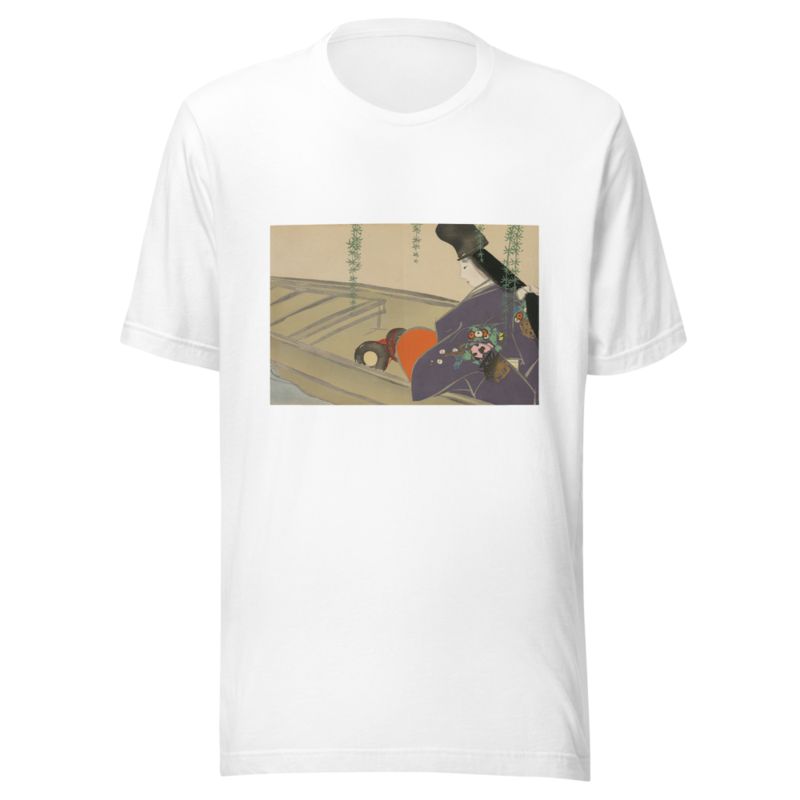
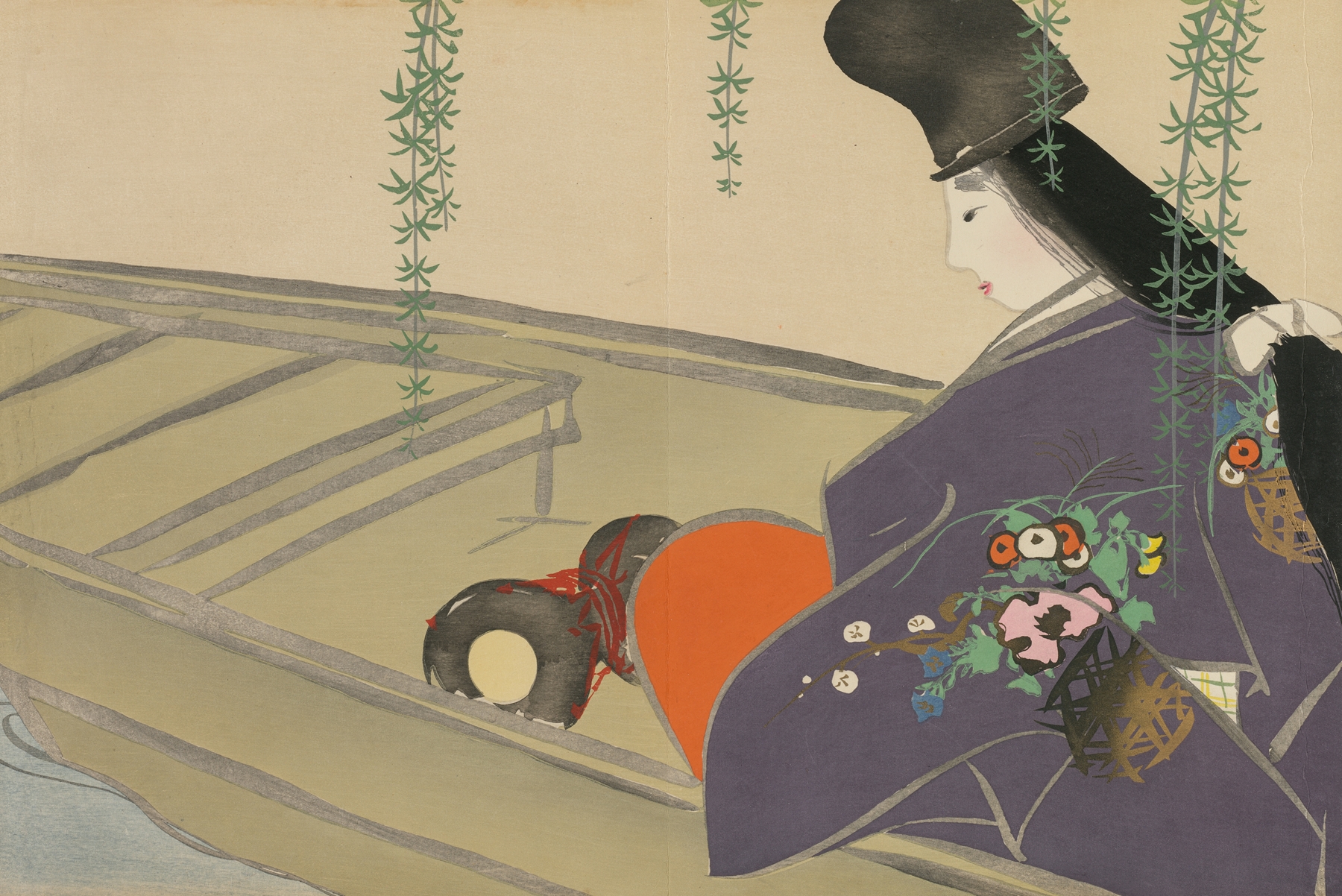
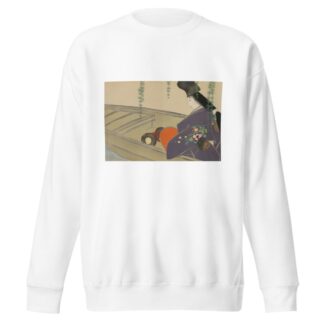
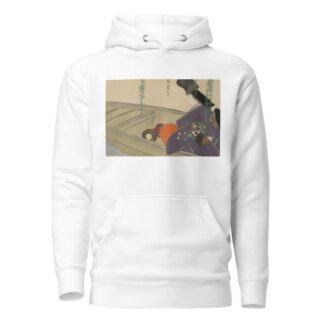
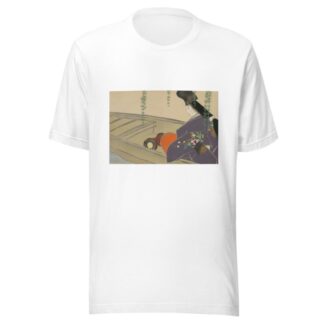
Reviews
There are no reviews yet.